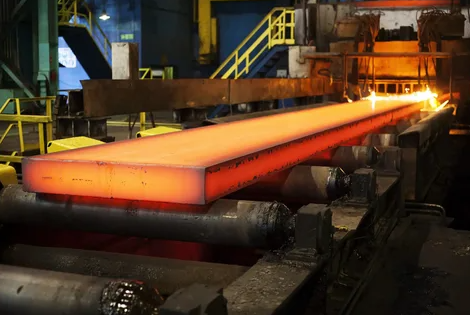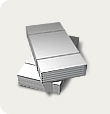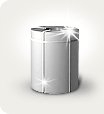The first ever 3D printed steel bridge opens in Amsterdam, the Netherlands. It was created by a robotic arm using welding torches to layer the structure of the bridge and made from 4,500 kg of stainless steel.
The 12-meter long MX3D bridge was built by four commercially available industrial robots and took six months to print. Last week, the structure was moved to its location above the Audezijds Achterburgwal canal in the center of Amsterdam and is now open to pedestrians and cyclists.
Over a dozen sensors attached to the bridge after printing is complete will track deformation, movement, vibration and temperature throughout the structure as people walk over it and weather conditions change. This data will be entered into the digital model of the bridge.
Engineers will use this model to study the properties of a unique material and will use machine learning to identify any trends in the data that might indicate a need for maintenance or modification. They also hope it will help designers understand how 3D printed steel can be used for larger, more complex construction projects.
Subscribe to news 
Metallurgy news
- Today
13:00 13:00 12:00 John lichenstein: Indirect steel exports from China are changing Latin American manufacturing 12:00 Domestic steel consumption in Japan decreased by 1.2 percent in January-October 2025 11:00 Turkey's Çemtaş modernizes SBQ bar rolling operations 11:00 Japanese company Toyo Kohan orders modernization of etching line at Kudamatsu plant 10:00 SAIL's Rourkela steel plant forecasts crude steel production to grow by 1% in November 2025 10:00 NBCC India Limited invites you to participate in tenders for the construction of a solar energy project at the Bokaro steel mill
Publications
15.12 Ägyptens Schätze: Die Magie von Kairo und Hurghada Entdecken 15.12 Best entertainment for children in Almaty: Top 5 places to go 13.12 Secure storage in a class A+ warehouse 13.12 Golden Goose: Beauty is in the dark 10.12 Advantages of a beer business franchise: stability, brand support, proven business models






